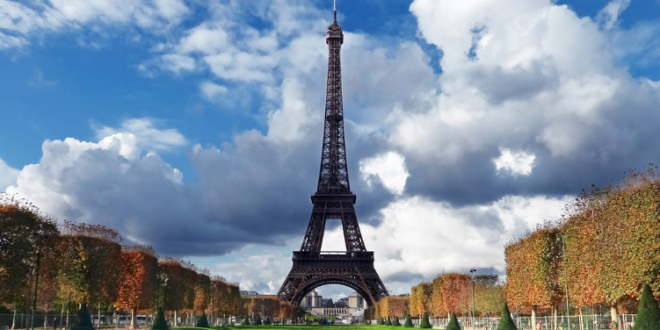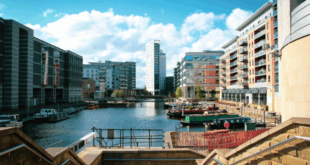Paris, the City of Light, has long captivated the imaginations of travelers from around the globe. Its allure lies not only in its stunning architecture and rich history but also in its cultural, artistic, and intellectual vibrancy. Here’s a look at how Paris evolved into one of the world’s premier tourist destinations.
Early Beginnings
Roman Era: Paris’s history as a settlement dates back to the Roman era, around 52 BC, when it was known as Lutetia. The city’s strategic location on the River Seine made it a significant center for trade and commerce. Though not yet a tourist destination, its early infrastructure laid the groundwork for future growth.
Middle Ages: During the Middle Ages, Paris grew in prominence as a center of education and religion. The construction of iconic structures like the Notre-Dame Cathedral in the 12th century drew pilgrims and scholars, marking the city’s early importance as a destination for visitors.
The Renaissance and Enlightenment
Cultural Flourishing: The Renaissance brought a period of cultural flourishing to Paris. The Louvre Palace, initially a fortress, was transformed into a royal residence, and the city became a hub for artists, writers, and thinkers. The establishment of institutions like the Collège de France in the 16th century further solidified Paris’s reputation as an intellectual center.
Enlightenment Era: In the 18th century, Paris was the heart of the Enlightenment. Cafés, salons, and academies buzzed with philosophical and scientific discourse. Visitors came to Paris to experience its vibrant intellectual and cultural life. The city’s reputation as a center of learning and culture began to attract international visitors.
The 19th Century: The Birth of Modern Tourism
Napoleonic Influence: Napoleon Bonaparte’s reign saw significant urban development. The Arc de Triomphe and the transformation of the Louvre into a public museum were major projects that increased Paris’s appeal. The city’s grandeur and historical significance began to draw more tourists.
Haussmann’s Renovation: The mid-19th century brought the transformative urban planning of Baron Haussmann, commissioned by Napoleon III. Wide boulevards, parks, and grand buildings were constructed, giving Paris the architectural splendor it is known for today. These developments made the city more accessible and attractive to visitors.
World’s Fairs: The Expositions Universelles (World’s Fairs) of 1855, 1867, 1878, 1889, and 1900 showcased Paris to the world. The Eiffel Tower, constructed for the 1889 Exposition, became an instant landmark. These events significantly boosted international tourism, drawing millions to Paris.
The 20th Century: A Global Tourist Hub
Cultural Capital: In the early 20th century, Paris solidified its status as a cultural capital. The city was a haven for artists and writers such as Picasso, Hemingway, and Fitzgerald, whose presence and works attracted cultural enthusiasts.
Post-War Boom: After World War II, Paris experienced a tourism boom. The city’s romantic image, immortalized in films and literature, coupled with its historical and cultural sites, attracted travelers from around the globe. The development of modern infrastructure, including airports and hotels, facilitated this influx.
Culinary Excellence: Paris’s reputation for culinary excellence also played a significant role in its tourism appeal. Renowned chefs and world-class restaurants made the city a gastronomic paradise, drawing food lovers.
The 21st Century: A Modern Tourist Destination
Sustainable Tourism: In recent years, Paris has focused on sustainable tourism, balancing the influx of visitors with the preservation of its historical and cultural heritage. Efforts to reduce pollution, enhance green spaces, and promote eco-friendly practices have become central to the city’s tourism strategy.
Major Events: Hosting major international events, such as fashion weeks, the 2024 Summer Olympics, and cultural festivals, continues to draw visitors to Paris. These events highlight the city’s dynamic and ever-evolving nature.
Digital Era: The rise of the digital era has further boosted Paris’s tourism. Online platforms allow potential visitors to explore the city’s attractions virtually, plan their trips meticulously, and share their experiences, perpetuating the city’s allure.
Conclusion
Paris’s evolution as a tourist destination is a testament to its enduring charm and adaptability. From its early days as a Roman settlement to its current status as a global cultural and historical hub, Paris has consistently captivated and inspired travelers. Its rich tapestry of history, art, architecture, and cuisine continues to draw millions of visitors, ensuring its place as one of the world’s most beloved cities.
 Travellers Club The Travellers Club, a free to join on-line club for everyone who loves to travel.
Travellers Club The Travellers Club, a free to join on-line club for everyone who loves to travel.









